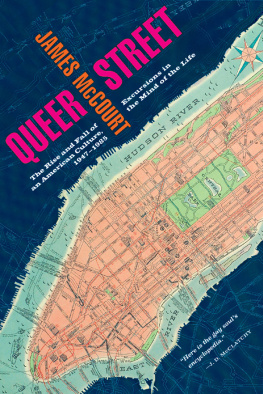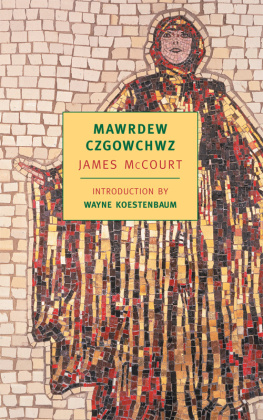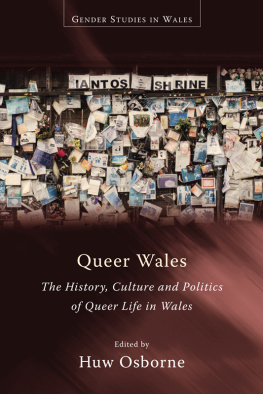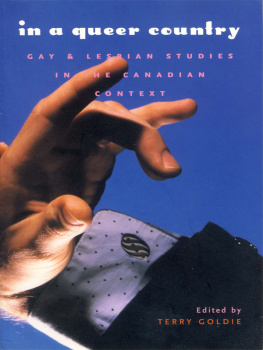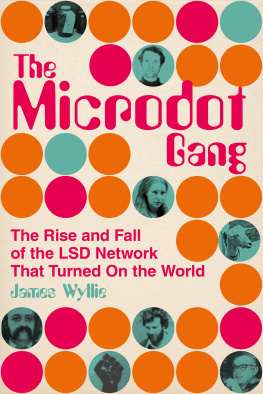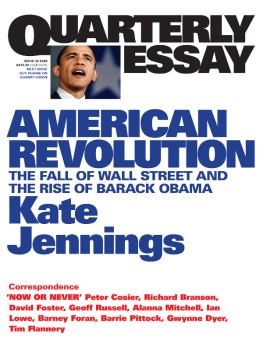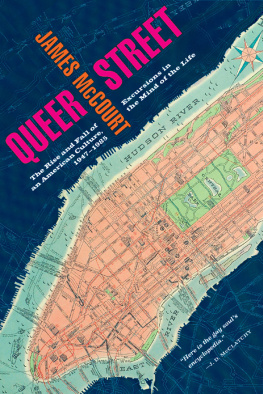James McCourt - Queer Street: Rise and Fall of an American Culture 1947-1985
Here you can read online James McCourt - Queer Street: Rise and Fall of an American Culture 1947-1985 full text of the book (entire story) in english for free. Download pdf and epub, get meaning, cover and reviews about this ebook. year: 0, publisher: W.W. Norton & Co., genre: Art. Description of the work, (preface) as well as reviews are available. Best literature library LitArk.com created for fans of good reading and offers a wide selection of genres:
Romance novel
Science fiction
Adventure
Detective
Science
History
Home and family
Prose
Art
Politics
Computer
Non-fiction
Religion
Business
Children
Humor
Choose a favorite category and find really read worthwhile books. Enjoy immersion in the world of imagination, feel the emotions of the characters or learn something new for yourself, make an fascinating discovery.
- Book:Queer Street: Rise and Fall of an American Culture 1947-1985
- Author:
- Publisher:W.W. Norton & Co.
- Genre:
- Year:0
- Rating:4 / 5
- Favourites:Add to favourites
- Your mark:
- 80
- 1
- 2
- 3
- 4
- 5
Queer Street: Rise and Fall of an American Culture 1947-1985: summary, description and annotation
We offer to read an annotation, description, summary or preface (depends on what the author of the book "Queer Street: Rise and Fall of an American Culture 1947-1985" wrote himself). If you haven't found the necessary information about the book — write in the comments, we will try to find it.
Queer Street: Rise and Fall of an American Culture 1947-1985 — read online for free the complete book (whole text) full work
Below is the text of the book, divided by pages. System saving the place of the last page read, allows you to conveniently read the book "Queer Street: Rise and Fall of an American Culture 1947-1985" online for free, without having to search again every time where you left off. Put a bookmark, and you can go to the page where you finished reading at any time.
Font size:
Interval:
Bookmark:



To my brother David,
who let me know what manhood is
and
To Elaine Markson,
who insisted there was a call for it
And on the way to somewhere else
he cant think of the stop, the stops
....
Hell ask this nerveless dark angel of age
again what he did, what he did wrong.
J.D. McClatchy, Lexington Avenue Subway, 1941
Contents
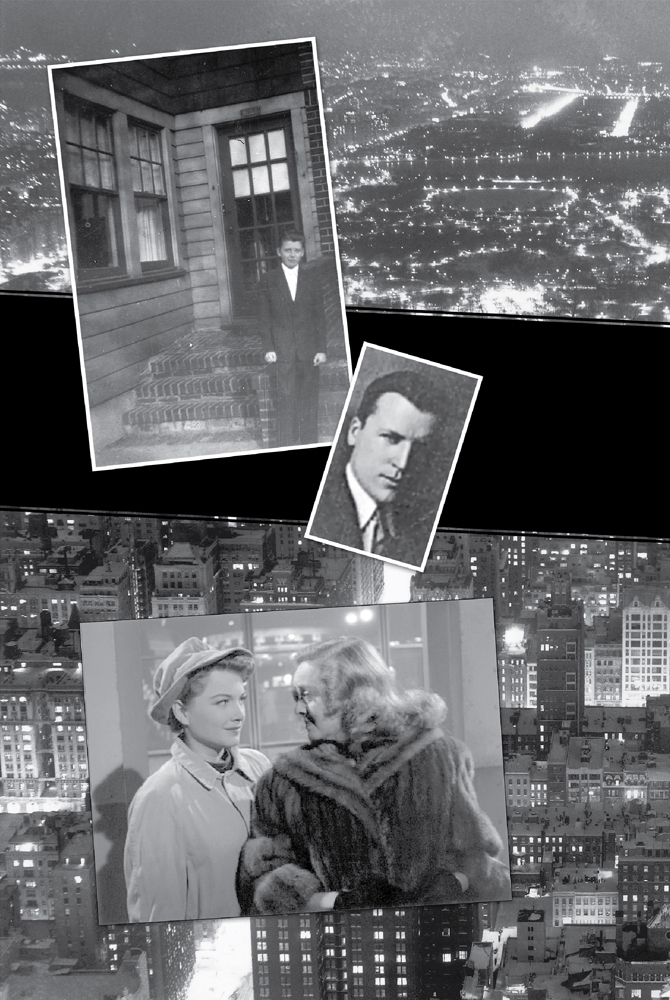
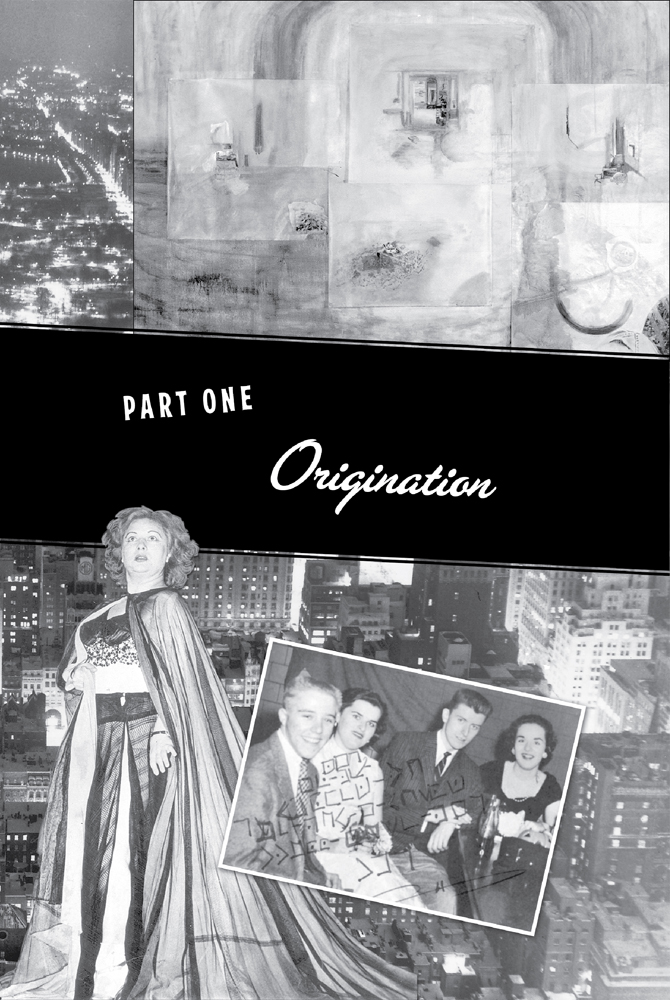
I can imagine a book made up entirely of examples.
Wittgenstein
When did you first get the idea you were queer?
Two weeks into the first grade, January, 1947.
interview with the author
In which times, places, weather conditions, and descriptions of what people were (so to speak) wearing come of necessity into figurative play.
W ho, what, when, where (theres no why but why, because). In the beginning it had no name, and no extension either. The street. What the canonical calendar is to the working fiction of time (generally speaking, cyclical time: the seasons of the year, any year, in any liturgy, from sowing-reaping to Advent-Pentecost and beyond), so is the canonical map to the working fiction of place: generally speaking, the mandala place, including mazes. Examples: the Monopoly board and the Map of Queer Street.
Queer Street is our Broadway, replete with impressions to which a clever boy responds with force, traversed by seven parallel avenues (easy reference, the Seven Ages of Man), and on the grid by any number of names, letter and number streets (a sort of mix of New York, Los Angeles and the District of Columbia), all out of sequence and Oz-like willy-nilly. (Note: We could, if necessary, quote the text of Jacquess All the worlds a stage Seven Ages speech from As You Like It, trusting that the emendations to the names be taken as read. Or not.)
The Avenues:
Fathers Arms
Shining Morningside
Sighing Furnace
Reputation
Ancient Sayings
Pantaloon
Mere Oblivion
Some cross streets: Attitude, Camp, Jewelry, Lipstick; P, D and Q and Promising, Deep, Meaningful and Talented, 7, 11, and Boxcars, 69 and 4/4 (as in She did the figure 8 the hard way: two fours). The convergence of Queer Streetthe intersection of whatever avenue and any of these cross streetscreates a little neighborhood of its own. Other streets terminate in circles, nine of them, rather than cutting all the way across the grid and others still (such as Moribund) are hardly more than a block long (like Gay Street in the real Village), curving like bent hooks and spilling into culs-de-sac of each other lanes (such as Memory). Finally, there are little mews courts (corresponding to the real Sniffen and Patchin, Milligan Place and Pomander Walk) with names like Seclusion, Betrayal and Go-to-Hell. Replete with impressions to which a clever boy (one consumed with ambition, a salient feature of which is to be admittedBlesh you dahling!into Tallulah Bankheads dressing room: no mean feat, even for one accustomed to the camerini of numerous star headliners at the Metropolitan Opera, considering both the taxing rigors imposed by Miss Bankheads honor guard and the alarming celerity with which her vehicles opened and closed on Broadway) responds with force.
The Major Monuments:
Orestes: intersection, Queer Street/Fathers Arms
Alexander: intersection, Queer Street/Shining Morningside
Beloved Disciple: intersection, Queer Street/Sighing Furnace
Michelangelo: intersection, Queer Street/Reputation
Shakespeare: intersection, Queer Street/Ancient Sayings
Beethoven: intersection, Queer Street/Pantaloon
Melville: intersection, Queer Street/Mere Oblivion
Author walking, hearing the voicesthe hawking cries of random Queer Street vendors. Stopping in front of the shop windows, pausing: at which time cartoon bubbles appear over Queer Temperaments head. Eventually these accrue, in strict obedience to the peculiar laws attaching to the phenomenon bubble cluster, into something like a collection of essays. These essays, brought to the point of completion years after their inceptions on strolls along Queer Street, are presented in windows inserted in the non-fiction roman fleuve which Queer Street finally is.
As recently underscored by the philosopher Thomas Nagel, The stream of consciousness is what we all live in. The expression is now associated with a literary form in which a characters inner monologue of thoughts and associations is presented accurately and is very different from the orderly outward forms of his life in the world. But the true stream of consciousness is far richer and far less verbal than anything described in Ulysses . Think about what happens to you during any two minutes spent walking on a city streetthe flood of sensations, perceptions, and feelings that courses through you, most of them hardly drawing your attention. The multiplicity and density of detail is far greater than even the richest collection of verbalized thoughts or conversations with yourself that may have been going on at the same time. The process by which the world impinges on us at all times and the constantly shifting apprehension of our relation to it are too enormous for us to fully grasp ( The New York Review of Books, April 11, 2002).
Put another way, Authors essays are no more nor less than a congeries of echoes of years of overheard and vis--vis opinion and commentary (Other Voices, Other Rooms over Strange Interlude). Each topic that occurs to Author (as Queer Temperament, QT) along the way and over the years may be elaborated like a character. QTs ideas in any case are initially all amalgams of and reactions to things others said; however, this state of affairs must be overcome. This is called becoming original, a seeming oxymoron, but there are no born originals.
Imagine trying to make a book out of voice cardsthe book a house of cardsone strong puffbut all memory is an inhalation; followed by a holding of the breathand the one strong puff that blows its house of cards down is the exhalation that resumes life.
Marcel Proust refused to exhaleto recommence lifeand died of emotional asthma.
Premonition is the circumstance in which when then usurps the position of then, when. It entails the confidence of the manner in which reading or writing a book is life-like: there is no present in it; the client is occupied with seeking to come to terms with what has simultaneously not yet and already happened.
Thus at a certain point in life, Author, modeling his enterprise on the devices of Gestalt therapy and the practices of innumerable meditative verbal musicians working in both verse and prose, becomes the mentor to the younger self. As if in dream time, he revisits the locale, the scene of the crime, the topos of Queer Street to instruct himself as the young Augustine was instructed in language: through mimicry. Thus the impression created is a literary one rather than a sociological one, as if Queer Anonymous had been channeled, incorporating T.S. Eliot, W.H. Auden, Tennessee Williams, Truman Capote, Paul Bowles, Gore Vidal, James Baldwin, William Burroughs, Coleman Dowell, Alfred Chester, and later Frank OHara, James Schuyler, John Ashbery and James Merrill, together with Boyd McDonald (redactor of the notorious Straight-To-Hell testimonies of toilet-wall queer America), John Rechy and the amazing and anomalous literary shipwreck that was Gordon Merrick.
Next pageFont size:
Interval:
Bookmark:
Similar books «Queer Street: Rise and Fall of an American Culture 1947-1985»
Look at similar books to Queer Street: Rise and Fall of an American Culture 1947-1985. We have selected literature similar in name and meaning in the hope of providing readers with more options to find new, interesting, not yet read works.
Discussion, reviews of the book Queer Street: Rise and Fall of an American Culture 1947-1985 and just readers' own opinions. Leave your comments, write what you think about the work, its meaning or the main characters. Specify what exactly you liked and what you didn't like, and why you think so.

